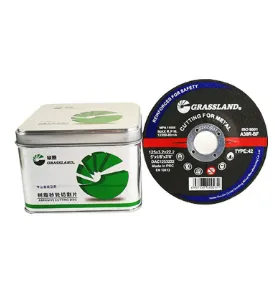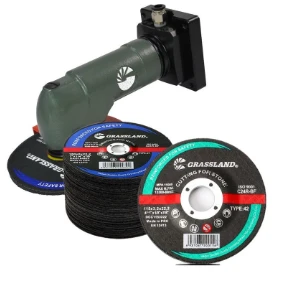

Proper technique and handling are equally significant in achieving precision and prolonging the life of your cutting disc. Maintaining a steady and controlled motion reduces stress on the disc and the tool itself. It’s recommended to position the cutting tool at a slight angle, allowing the disc to gradually work its way into the material, avoiding excessive force which can lead to disc damage or premature wear. Trustworthiness in tool performance also includes regular maintenance of your cutting tools. Ensuring that your angle grinder or cutting machine is well-maintained, with no loose parts, enhances safety and ensures smooth operation. Regular checks and replacement of worn-out discs help maintain performance consistency. Finally, the expertise from seasoned craftsmen plays a pivotal role in the selection and handling of these cutting tools. Engaging with professionals who have extensive experience with cast iron cuts can provide insights that are both practical and innovative, tailoring general advice to specific project needs. This expertise not only enhances the efficiency of cutting tasks but also contributes to the longevity of both the tool and the disc. In summary, selecting the optimal cutting disc for cast iron involves a balanced consideration of disc type, size, composition, safety measures, and proper technique. By relying on professional guidelines and maintaining equipment integrity, one can achieve a seamless cutting experience that maximizes accuracy and minimizes risk.
Post time:Jan - 23 - 2025

















